Community Land Trust Wants to Turn NYPD Parking Lots Into Affordable Housing. Can They?
The East New York Community Land Trust has identified 73 city-owned lots it says are underutilized that could become affordable housing.

Photo by Anna Bradley-Smith
“We demand — we ain’t asking no more — we demand that HPD turn this big, gigantic lot over to the community. Give it to the East New York Community Land Trust, let us build on it what the community needs, not free parking for the NYPD.”
The message from East New York Community Land Trust Secretary Debra Ack to the City, shared at a recent rally, is clear.
The 25,000-square-foot empty lot in question sits at the corner of Sutter Avenue and Linwood Street in East New York and, according to a massing study ENYCLT commissioned from STAT Architecture, is big enough to hold up to 60 apartments, a community center and public outdoor space.
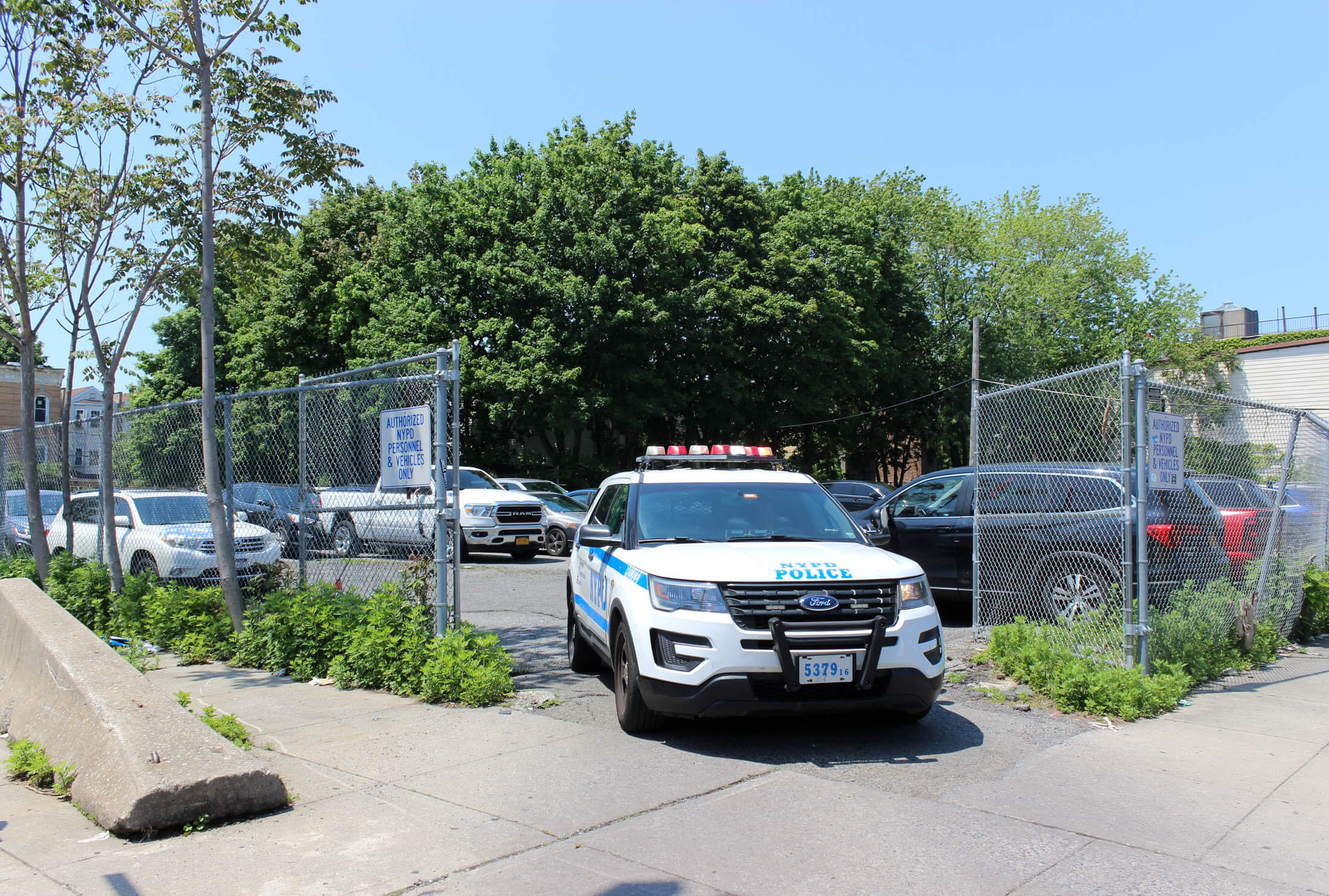
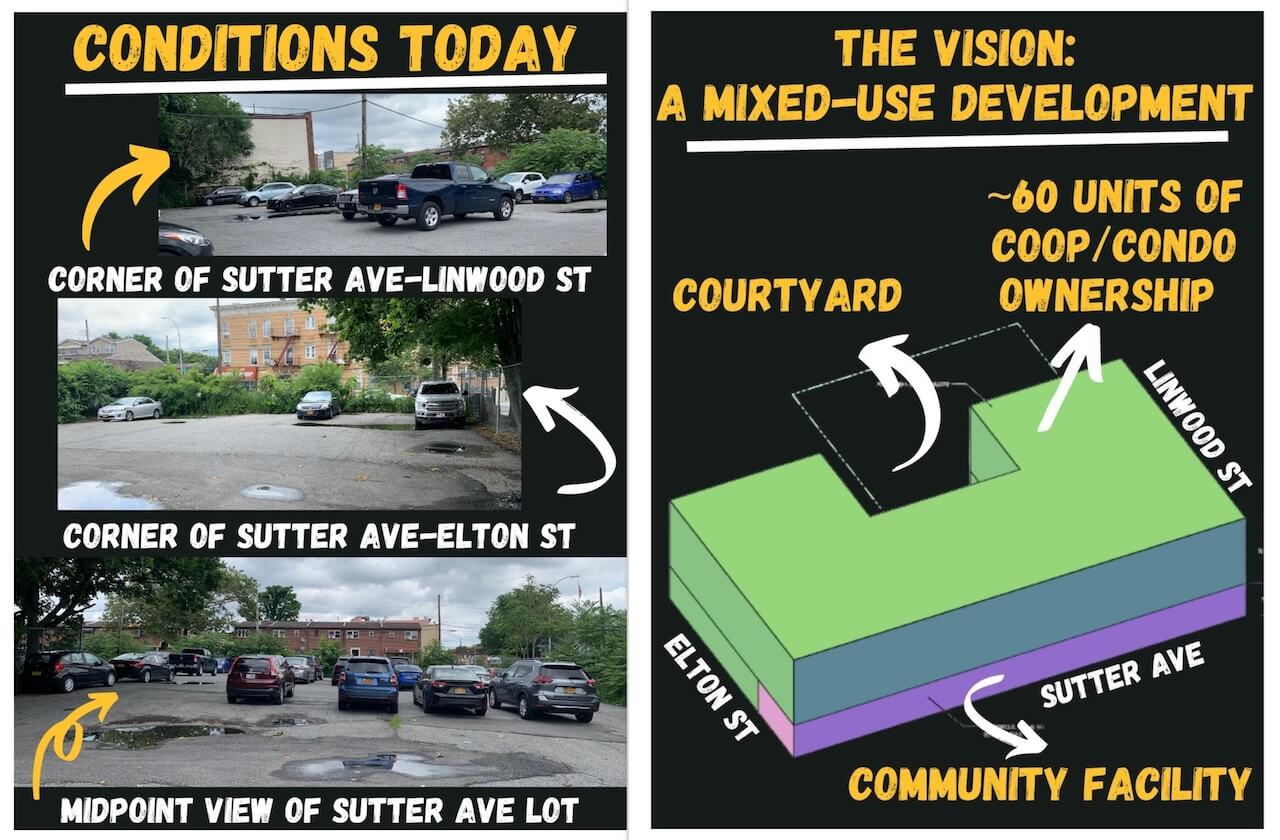
But from Monday to Friday, and even over the weekends, the lot — which is under the jurisdiction of NYC’s Department of Housing Preservation and Development — is home to cars belonging to the NYPD and its officers.
“It’s not even their blue and white cars they’re parking there,” Ack told a crowd of East New York locals, elected officials and other community land trust members from across the city, who gathered at the site on June 21. The group was there to support ENYCLT’s plans to take over a number of what it says are underutilized city-owned sites where the NYPD parks in East New York, Bushwick and Brownsville.
“They’re coming into my community and parking over here for free. You know what I say to that? Take the damn train like everybody else. We need our land back,” said Ack.

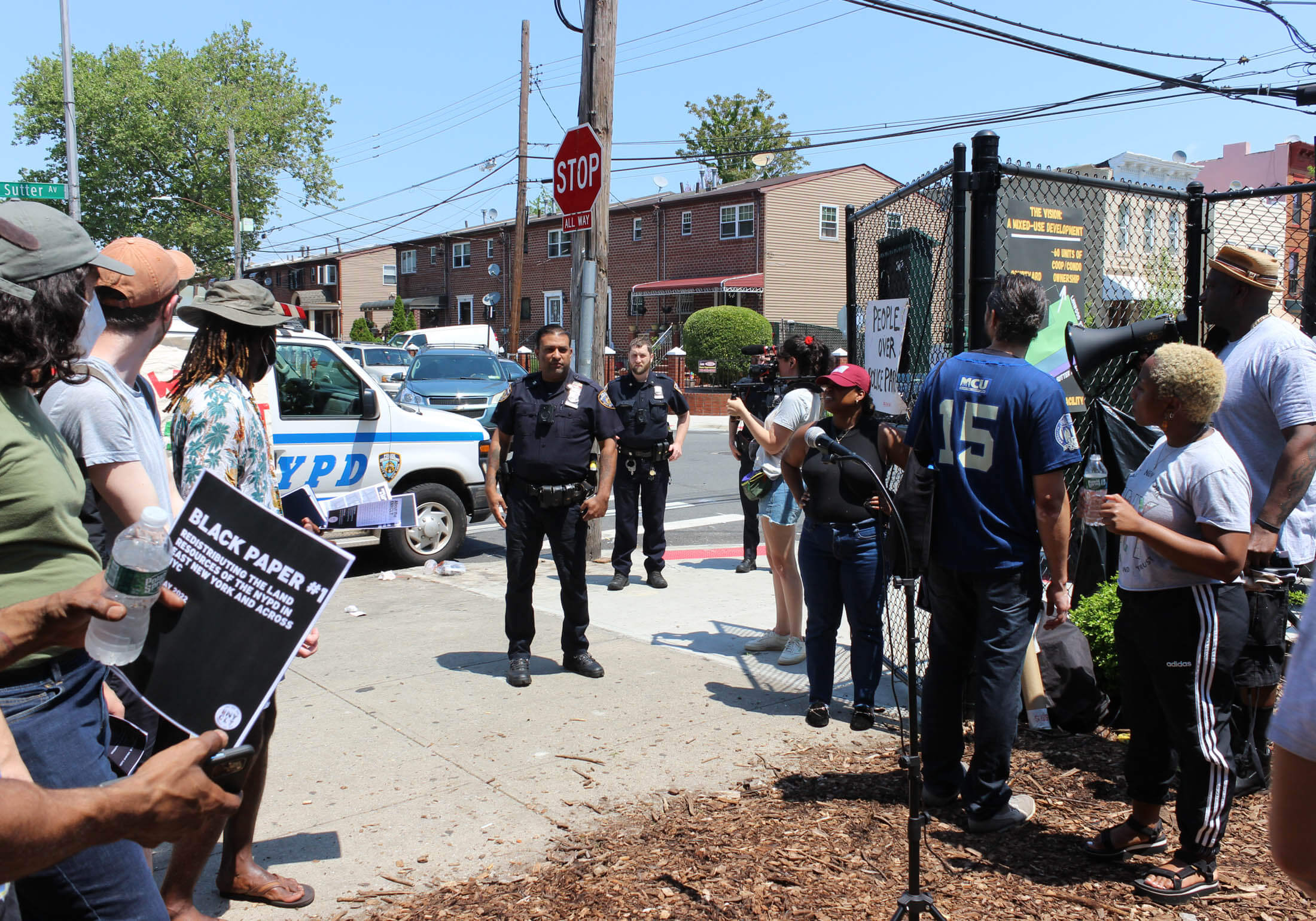
Community land trusts in New York City
East New York Community Land Trust, one of a growing handful of community land trusts in the city, is a community-governed nonprofit that, like the other CLTs, aims to own land in its neighborhood and ensure affordable housing on that land for community members. Designed for community management of land, the CLT model is being adapted in New York City and beyond for affordable housing similar to a limited equity co-op.
The CLT model allows for a democratically elected board to act as a long-term steward of the land and set resale values of homes and other rules, including admittance criteria and maintenance fees, to retain affordability. Typically, a CLT will enter a 99-year ground lease with homeowners, who are represented on the board and have a say in the CLT’s decision making.
By removing land from the speculative market and moving it into a community ownership model, Deyanira Del Rio, the co-executive director of the New Economy Project, said CLTs engage locals in development and stewardship of land and in intergenerational organizing to build power and community wealth. The first CLT movement in the US was developed by Black farmers in the South in the Civil Rights Era.
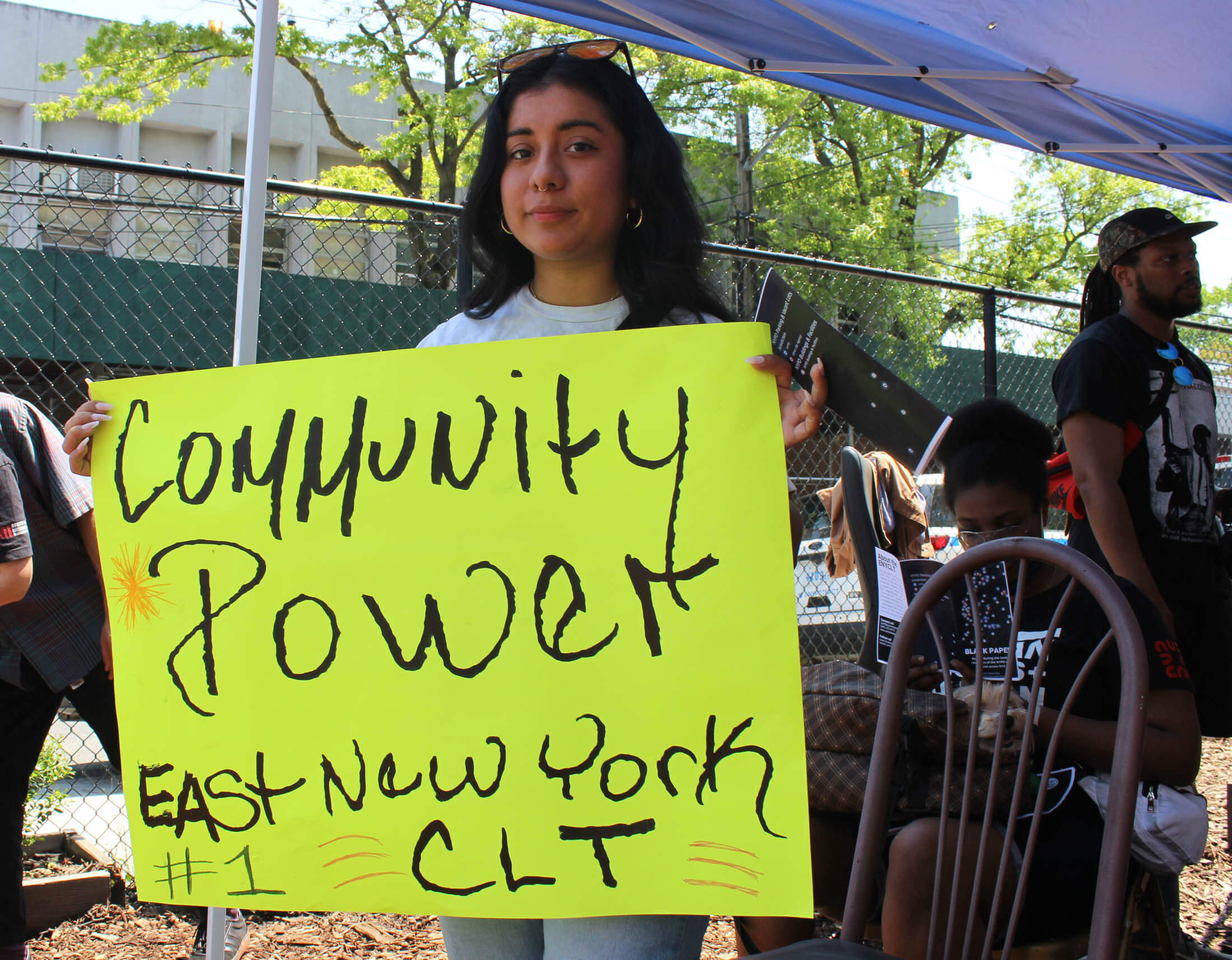
In a report for The New School, Del Rio said cities across the country are increasingly turning to CLTs to stabilize and protect public investment in affordable housing. She said CLTs in New York City are the forefront of campaigns to bring vacant land into productive use, fight speculation and keep New Yorkers safely housed. Manhattan’s Cooper Square CLT is often cited as a model for how CLTs can work in the city.
Since at least 2017, community land trusts have had funding in the New York City budget, reaching $1.5 million in 2022. However, the groups say more is needed to build staffing, operations and outreach.
A number of local advocacy groups are pushing the city to further its support, including Center for New York City Neighborhoods, Association for Neighborhood Housing and Development, Pratt Center for Community and Environmental Development, Brooklyn Legal Services, TakeRoot Justice, Habitat for Humanity NYC, Cypress Hills Local Development Corporation and a number of others.
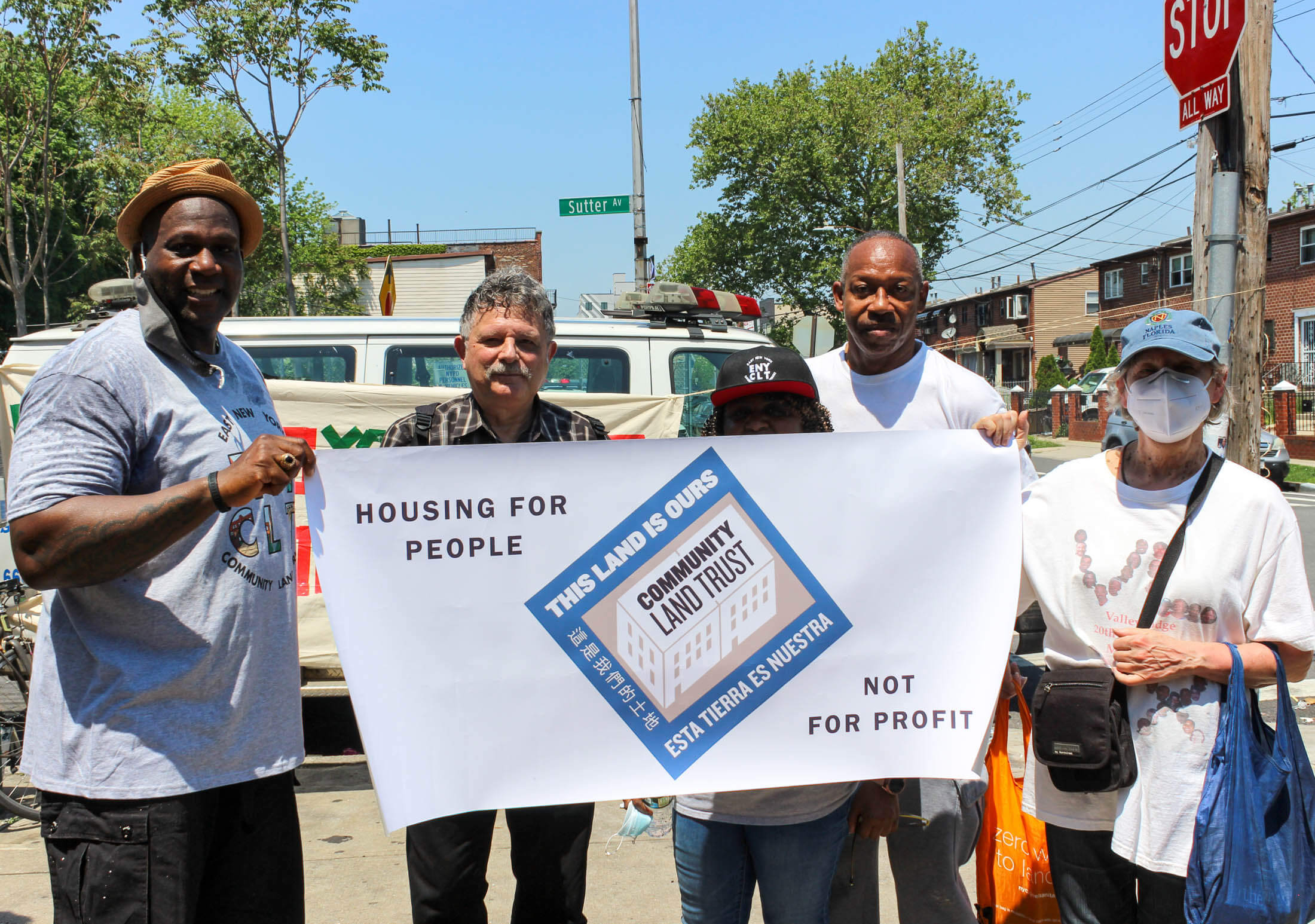
Empty lots could yield hundreds of apartments, trust says
At the recent event, ENYCLT released a study, titled the Black Paper, that looks into the number of city-owned lots used by the NYPD for parking. Through a database, the group found there are 145 vacant lots and parking lots citywide used by the NYPD, 73 of which ENYCLT said were underutilized and poorly maintained.
All of those 73 lots are located in five community districts in Brooklyn and the Bronx, all predominantly home to long-term residents of color, the trust says.
“Together, these 73 lots represent more than 1.3 million square feet of development potential that could provide hundreds of affordable housing units and tens of thousands of square feet of manufacturing and commercial space,” the report reads. In Brooklyn, 21 of the lots are in East New York, 18 are in Brownsville and 27 are in Bushwick.
The NYPD did not respond to requests for comment on converting the lots into housing.

ENYCLT says the 21 East New York lots — predominantly acquired through in-rem foreclosure — make up a potential 30,000 square feet of residential and 70,000 square feet of manufacturing space. The 25,000-square-foot lot at 987 Sutter Avenue, next to which the community rally was held, was once targeted to be developed as part of the East New York I Urban Renewal Plan to create 1,300 single-family Nehemiah Homes, but that never happened.
Now, ENYCLT wants HPD to turn the land over to the trust so it can create a four-story mixed-use development that will include 60 permanently affordable one-, two- and three-bedroom co-op units, a community facility, a small pocket park and a rooftop farm. Although ENYCLT has not yet acquired any land, that hasn’t stopped the group from making plans.
Member Hannah Anousheh said the group has been in conversation with developers and architects about plans for the 987 Sutter Avenue site, and if everything moves forward it will seek funding for the homeownership project through HPD’s Open Door Program, the NYS AHC Program and Reso A funding. The group has had one initial meeting with HPD, and is now working on a more detailed, community-led vision before bringing plans back to the department.
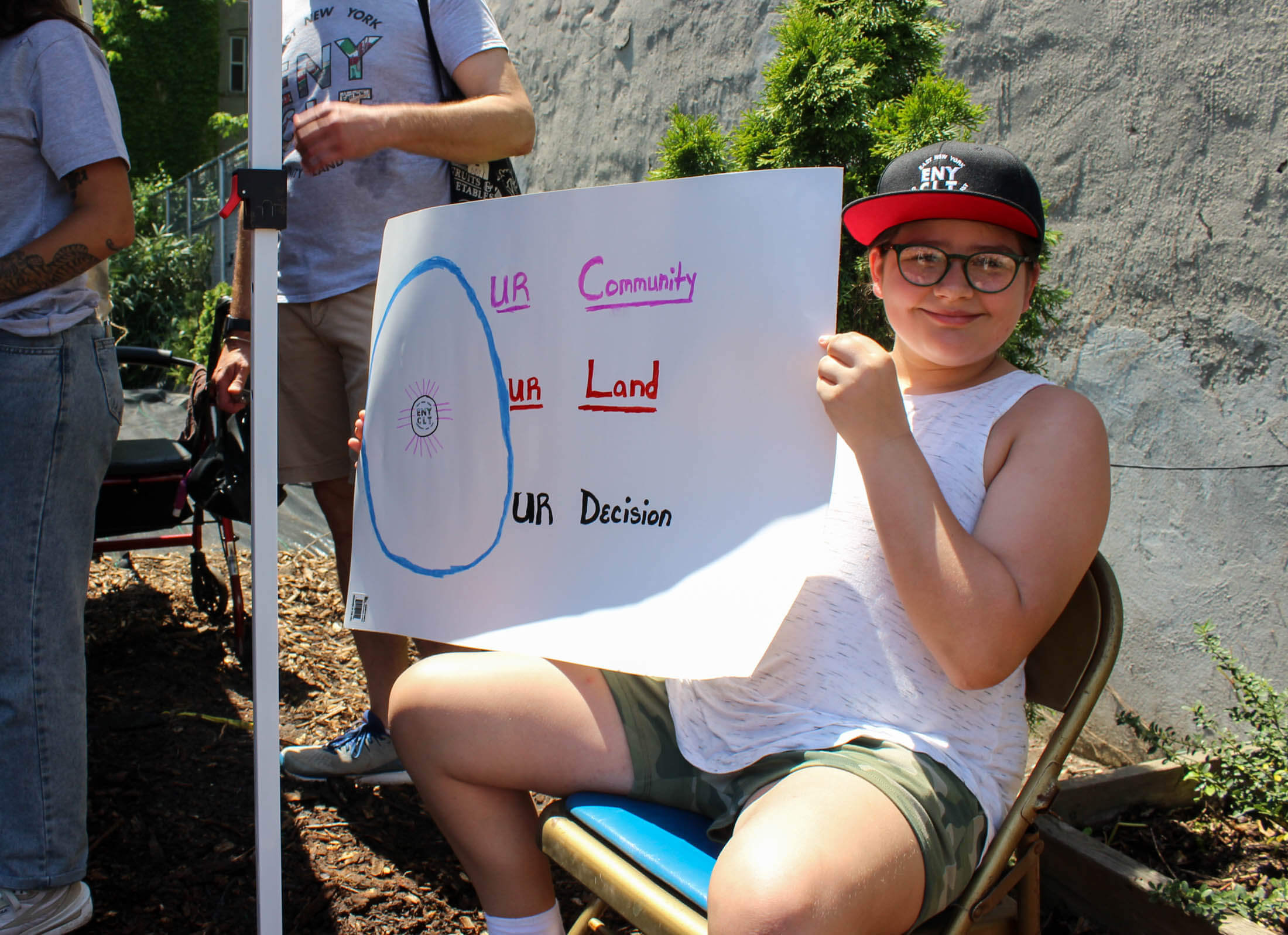
“We have a vision through the community, through the residents, of what this land can bring to East New York, we can bring so many resources here: housing, green space, commercial space,” Ack said. “We have so many young, up and coming entrepreneurs who are in school, who would love to come back to their community and open up a business and hire from within the community. But there’s one problem: They can’t afford the commercial space that HPD is asking for.”
City says it will work with CLTs on affordable housing
HPD told Brownstoner that several lots referenced in ENYCLT’s report are not under HPD’s jurisdiction, and that not every lot or piece of land under the department’s jurisdiction is under its day-to-day management.
However, the department said it is committed to using the “dwindling supply” of city-owned land to create affordable homes when possible, and said it works with nonprofits, including CLTs, and MWBE partners to build affordable housing on city-owned land. It also said it is deeply invested in helping build affordable homes on CLTs to create more long-term affordability opportunities in communities.
“Community land trust partnerships are a growing part of HPD’s affordable housing toolkit and we are committed to using the dwindling supply of city-owned land to create affordable homes whenever possible,” HPD Press Secretary Jeremy House said. “We look forward to continuing to engage with our partners and the community on these issues.”
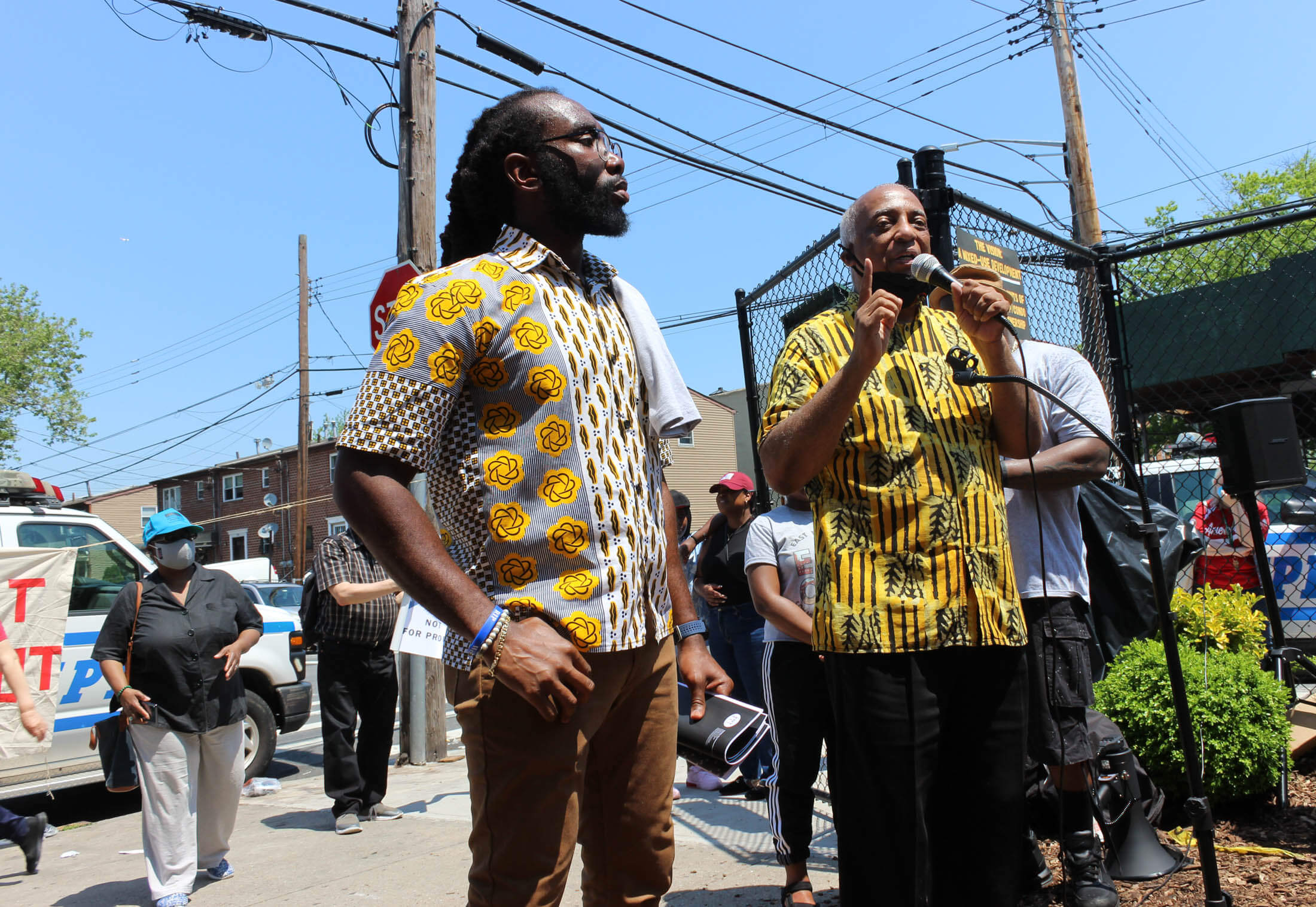
Also pushing the City on this issue are local elected officials, including City Council members Charles Barron and Sandy Nurse, who were both at the rally. Barron said he had long fought to make sure East New York was not gentrified, “but we don’t own the land.”
“This is why we support the East New York Community Land Trust in the work that they do,” he said. “Land is the basis of resources. Land is the basis of a community being under control of their own destiny. And this is why land is the issue.”
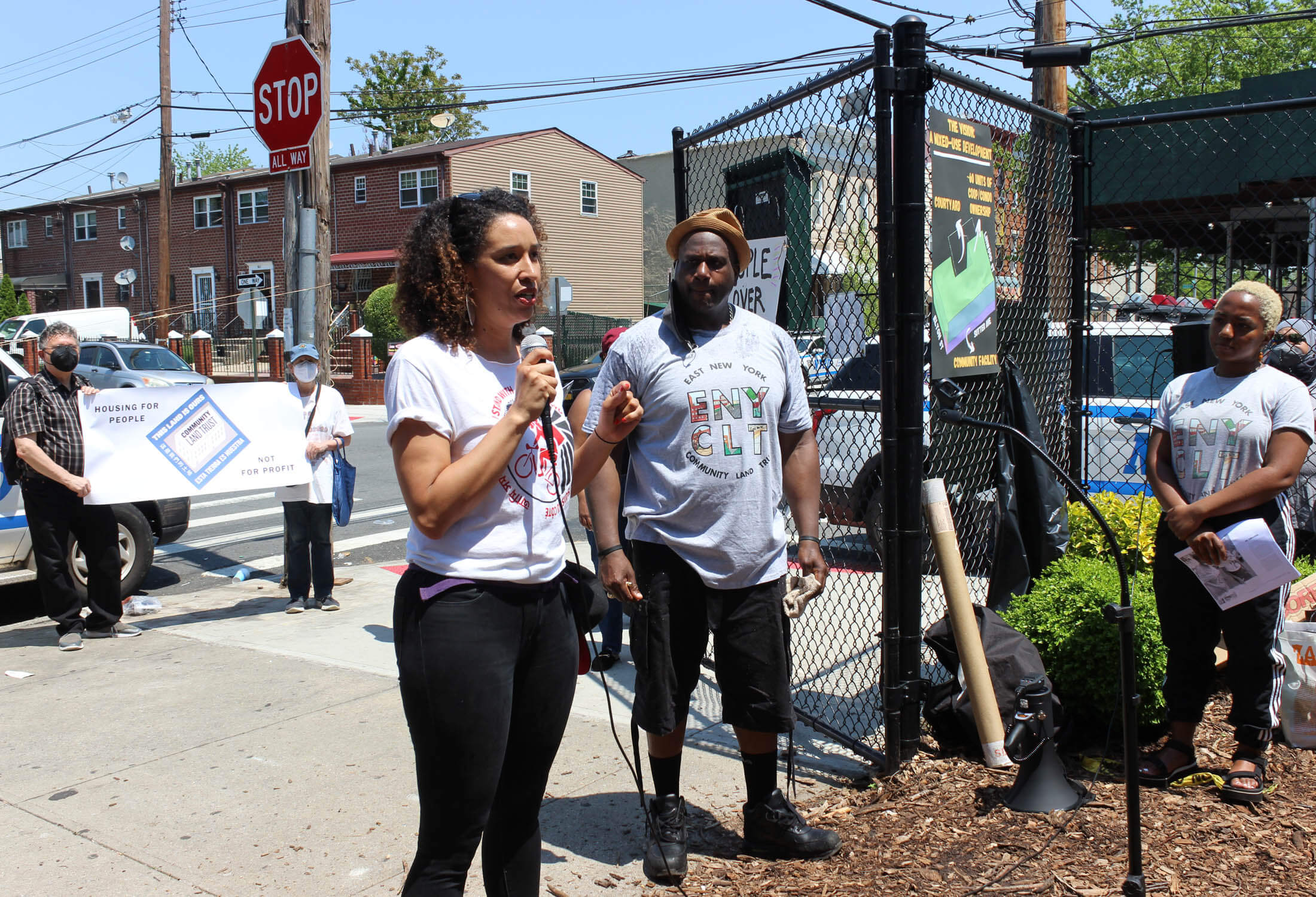
Nurse compared the fight to one she fought 10 years ago in Bushwick over a piece of city-owned land on the corner of Bushwick Avenue and Stockholm Street. She said there were several attempts by community groups to turn it into a much needed green space. “It was so important, and it’s still just sitting there with not a single function happening in it.”
Community land trusts in the city have come together through the New York City Community Land Initiative and created a policy agenda for the city that includes $3 million in funding for CLTs, the passage of the Community Opportunity to Purchase Act, the prioritization of CLTs and other nonprofits in the sale or transfer of public land, and the replacement of the tax lien sale.

Families need affordable housing, say locals
Albert Scott Jr., ENYCLT president, linked public land justice to equal housing justice, economic justice and environmental justice. He said the ENYCLT, and other CLTs across the city, are about turning the pain of working class people into power.
“The vision and the mission is clear: giving the working class of this community a fighting chance to stay. We realized that the common interest, the common denominator for us, that encouraged us to be relentless in this endeavor, is family,” he said.
Steering committee member Ethel Cooks, who has lived in East New York her entire life, deplored the loss of land and homes to developers looking to make a buck rather than build for the community. She said now, new developments are neither affordable nor suitable for existing families.
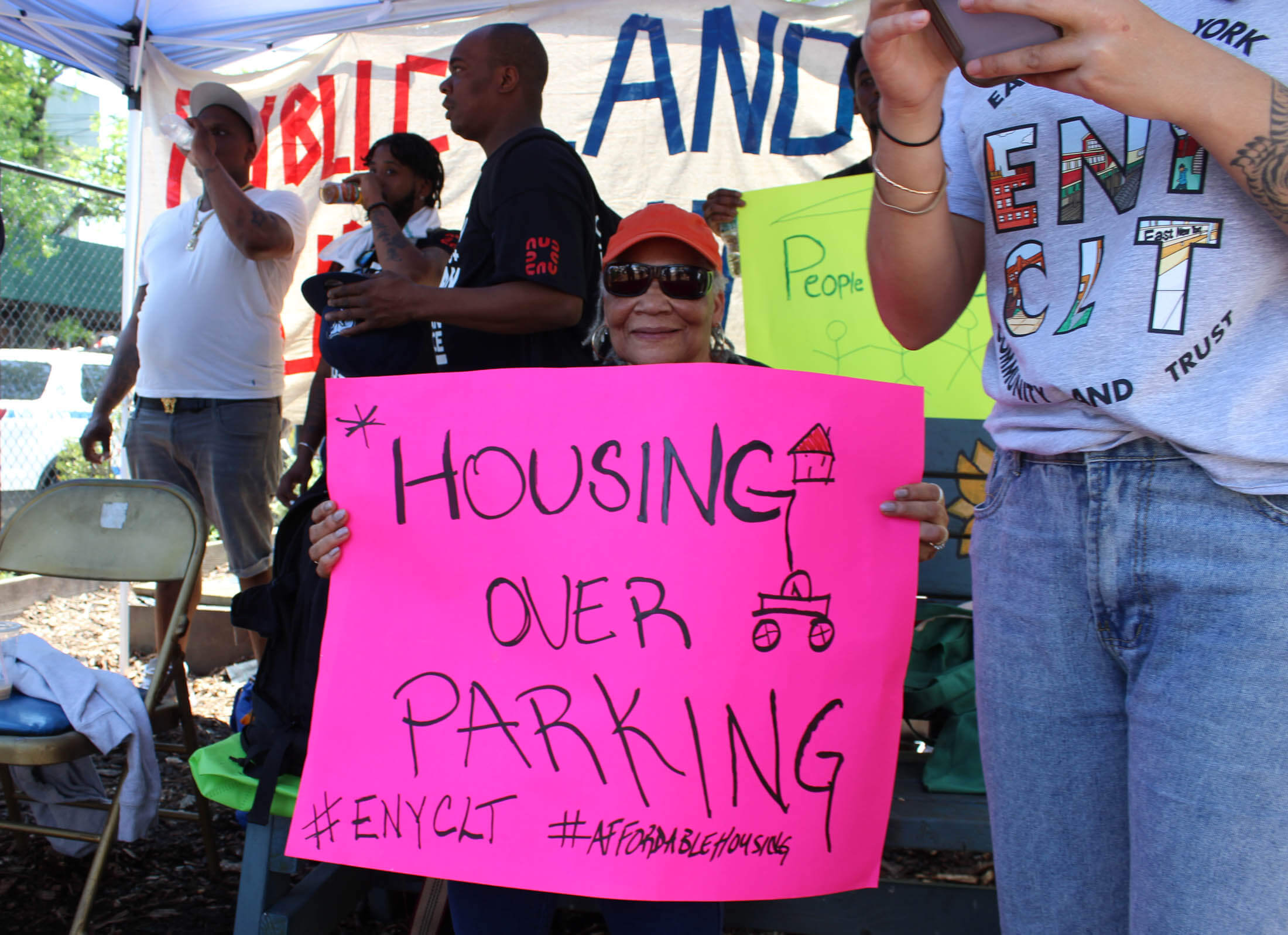
“The land should be going back to the community because it gives the residents a voice,” she said. “Instead of just being spectators and observers on the outside, we’re able to come to the table and be a part of the decision-making process.”
ENYCLT member Niani Taylor supported that, saying the CLT, and others around the city, are about building generational wealth more than about asking for a handout. “We want a hand up, we want to be at the table. We want to be able to make the rules as they’re being made, going along with the process.”
Earlier this year, the city worked with Habitat for Humanity to convert 13 dilapidated homes in Queens previously owned by NYCHA into 16 green homes for affordable homeownership, with the land transferred to the Interboro Community Land Trust. The project will be one of the city’s first transferring land under new homes to a CLT, and it said at the time the goal is to keep the land and homes affordable in the long term.
HPD told Brownstoner it is also currently working with other CLTs to support public open space and affordable homeownership opportunities across the city.

But ENYCLT Treasurer Boris Santos questions the city’s commitment, given its latest budget, which he said does not prioritize housing, community development and the development of community facilities.
“This is the vision,” he said, pointing to plans for the development at 987 Sutter Avenue. “It is not parking, the vision is up to 60 units of community ownership through condo, co-op, right?”
“A community facility that delivers social services on the ground and open space in the back… That is what we have here as a vision and that’s what we’re pushing for.”
[Photos by Anna Bradley-Smith unless otherwise noted]
Related Stories
- East New York Community Land Trust Pushes for End to Tax Lien Sale at Racial Justice Hearing
- Controversial Tax Lien Sale Legislation Expires, Leaving Future Unclear
- Habitat for Humanity Taps New Strategies to Keep Housing Affordable in Brooklyn
Email tips@brownstoner.com with further comments, questions or tips. Follow Brownstoner on Twitter and Instagram, and like us on Facebook.

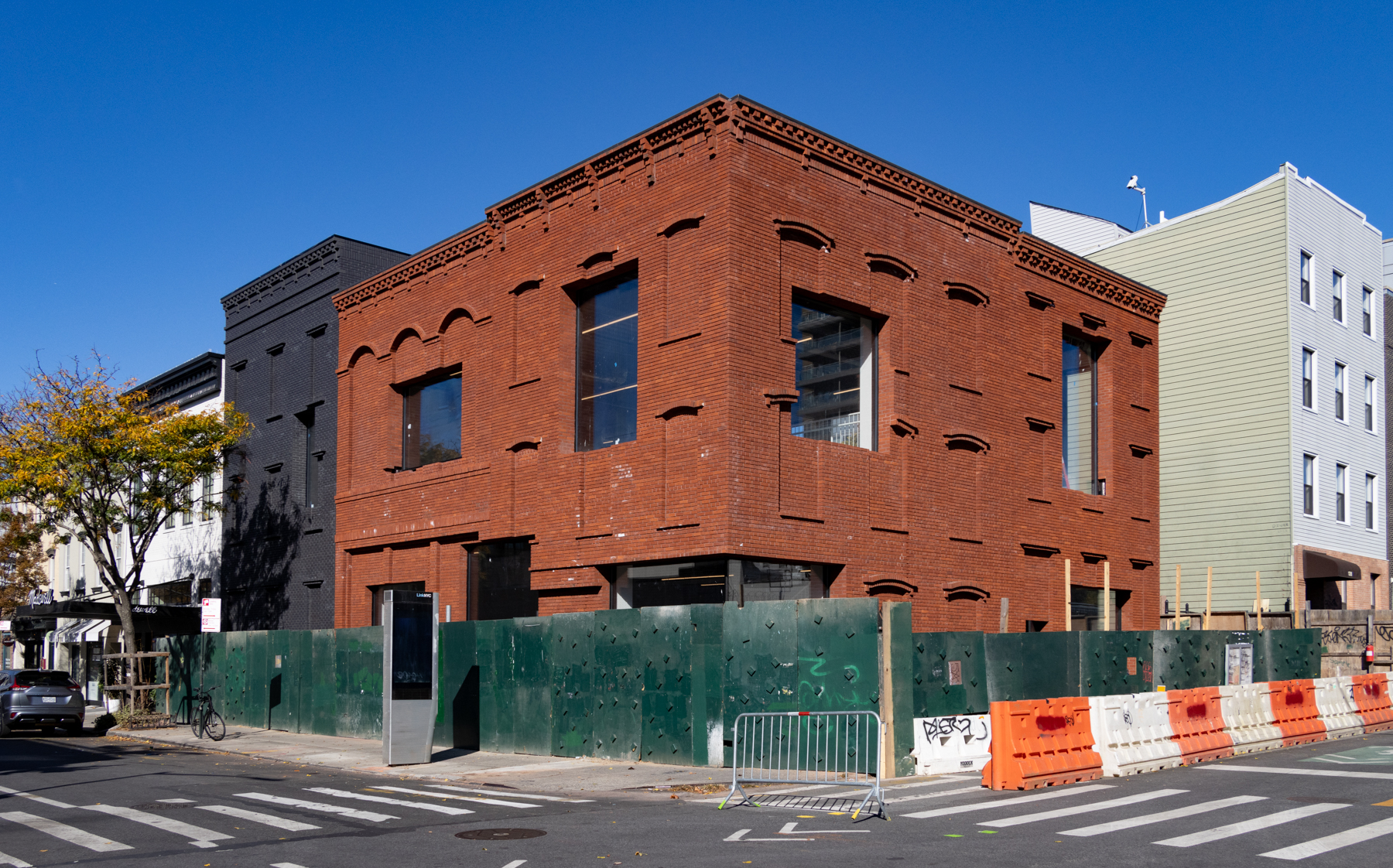

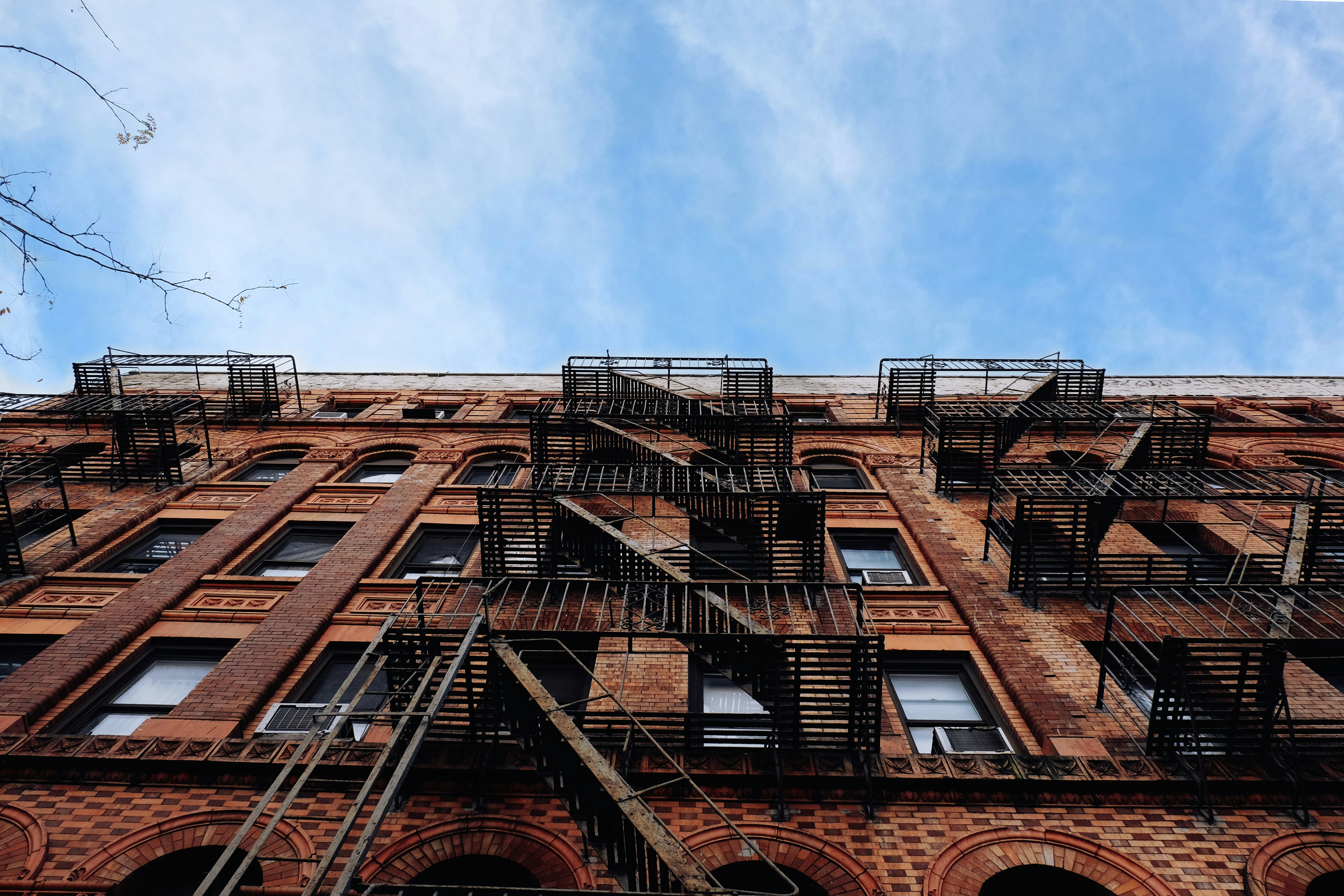
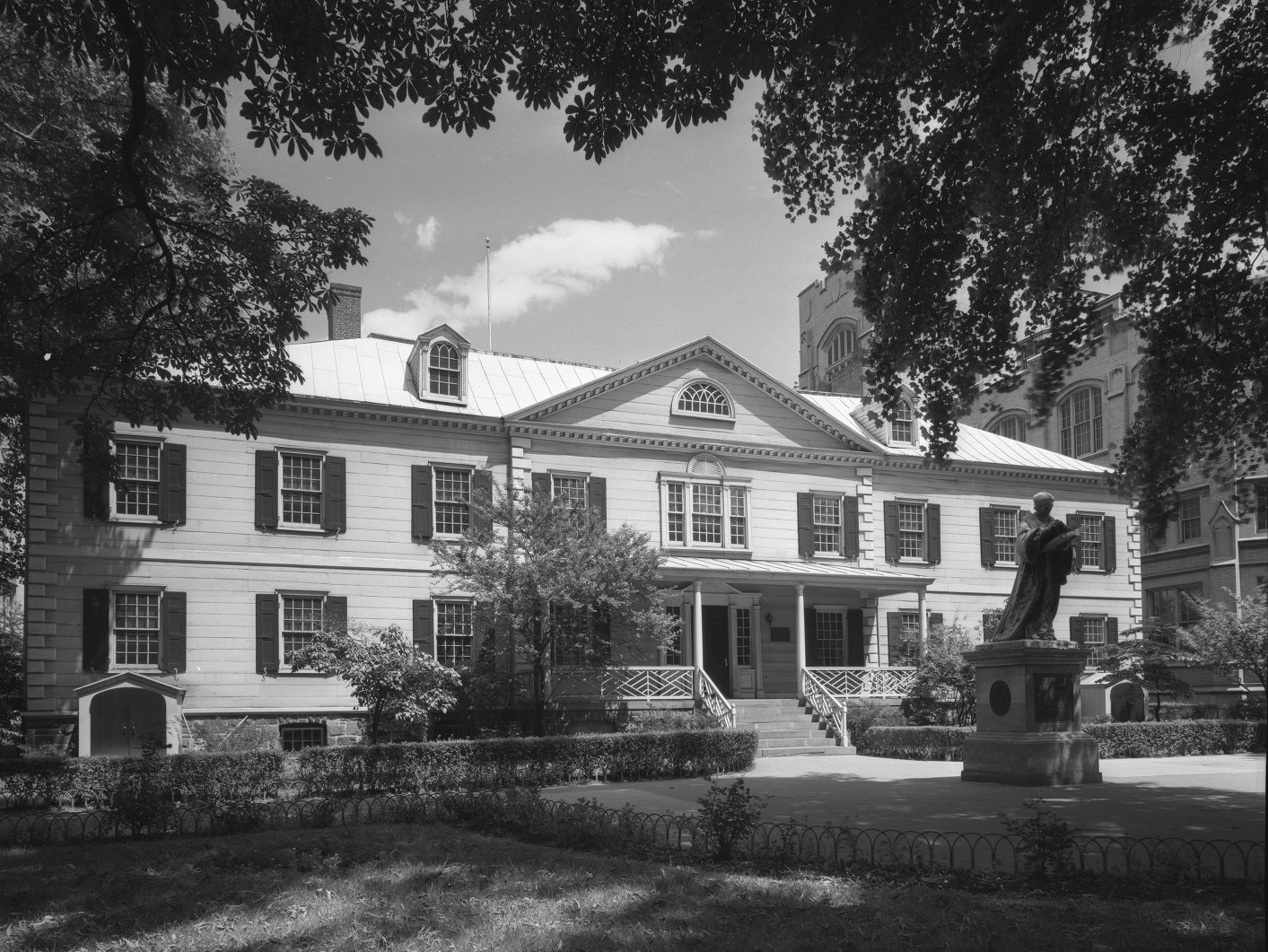




What's Your Take? Leave a Comment